Running Lean
Quotes and notes
Iterate from Plan A to a Plan That Works
by Ash Maurya
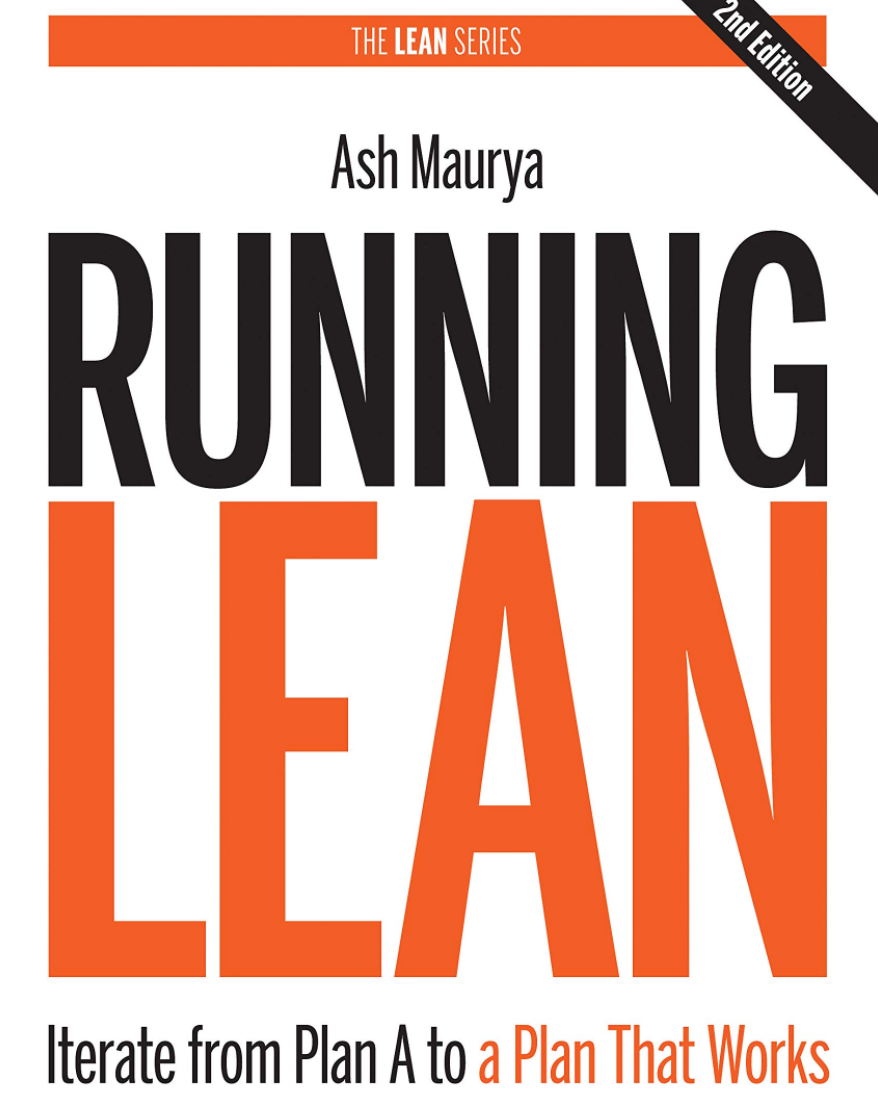 https://leanstack.com/running-lean-book
https://leanstack.com/running-lean-book
This (well known) book shows (from real experience perspective) a detailed plan (most people should be able to execute) to build a product and reach “product/market fit”. It shows interesting and useful details, including interview process, and metrics to consider when trying to understand how good or bad the process (to build the product) is performing. Overall a good guide to go thru, for whoever wants to build a (software) product.
What is a Startup? and what is Running Lean?
A startup it’s an experiment, and Running Lean it’s a methodology that helps running it. It helps iterating from plan A to a plan that works before resources runs out, and it involves:
-
Velocity and learning
-
Run experiments analysing customer behaviour
-
Involve customers in development process cycles
-
Validate product/market fit thru short iterations
Successful startups: Those that are able to iterate as much as needed before they ran out of resources. — Eric Ries
The Team you Need
-
Development
-
Design (UX/UI)
-
Marketing (How your product is perceived)
Start with the Lean Canvas
Start by documenting your Business Model hypothesis using the Lean Canvas
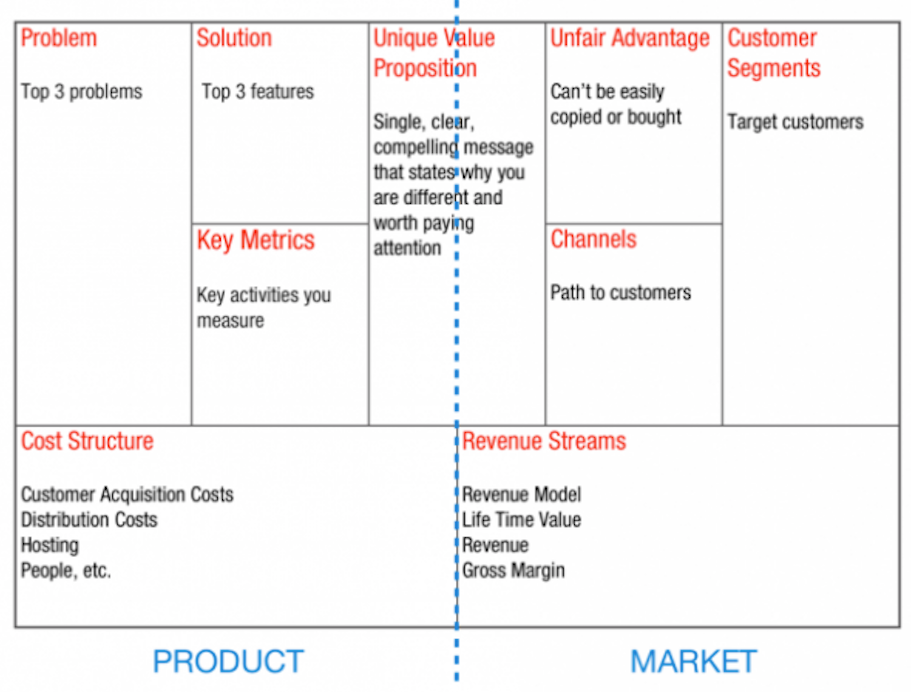 Here is a typical Lean Canvas sheet
Here is a typical Lean Canvas sheet
The **Lean Canvas **is a tool you will use during the whole process to express in a concise way a lot of information about you plan, and you will be updating it down the road.
It is quick, concise and portable.
You’ll work hard to make all the parts fit together. In the end, your Business Plan it’s The Product.
Then go further: The three phases of a Startup
 Made with https://mural.com
Made with https://mural.com
Phase 1: Problem Solution Fit
Key questions:
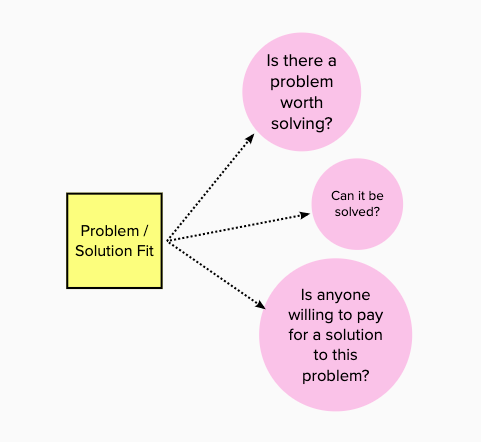 Made with https://mural.com
Made with https://mural.com
Key Activities:
-
Understand the Problem you want to solve
-
Develop an MVP
-
Pivot and Learn
-
Find the Plan that Works
-
Run Experiments to Test a Hypothesis: Implement Idea, Gather Data, Learn
-
Validate Qualitatively
-
Make sure to work with falsifiable hypothesis: Statement whose falsity can be easily demonstrated
 Made with https://mural.com
Made with https://mural.com
Look for your true Unfair Competitive Advantage:
A true unfair competitive advantage is something that cannot be easily copied — Jason Cohen
Some examples:
-
Information not easily accessible
-
Experts Endorsement
-
Community
Phase 2: Product / Market Fit
Key questions:
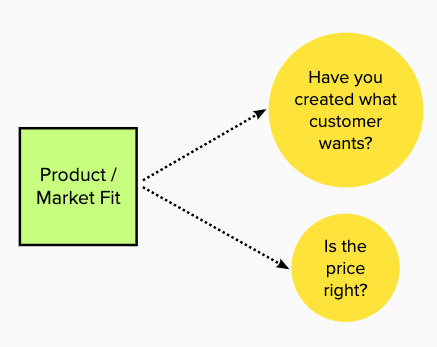 Made with https://mural.com
Made with https://mural.com
About Pricing your Product:
-
Early Adopters paying for your product is the first form of Validation
-
The Price defines your customers
-
The Price is part of your Product
-
You should say your service is paid, since day 1 (you may ask for payment since day 30)
-
Build the landing page
About the Landing Page:
-
Show you Unique Value Proposition, this is the most important part of you landing page
-
Show clear call-to-action buttons and links to drive Activation
-
Add Social Proof (other’s experiences with your product) whenever available
Phase 3: Scale
Key questions:
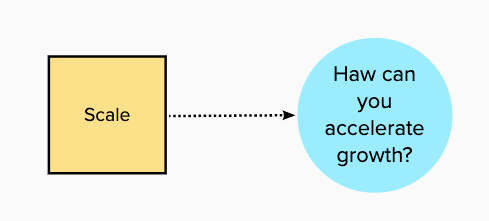 Made with https://mural.com
Made with https://mural.com
Key Activities:
-
Validate Quantitatively
-
Optimise: Accelerate the Plan than Works
-
Ask for Financial Support: Both you and Investors must focus on the same target now, Scale the Business
Key Metrics:
You need to find the metric that defines if your business is going well or not (besides a Sales Report).
About Actionable Metrics:
-
They correlates observed results to concrete and repeatable actions.
-
They gives the most information when correlated to a cohort for a given funnel
-
Funnels shows how a set of users progresses thru a set of concrete (actionable) metrics
-
Cohorts are defined by a single characteristic common to a set of users (“all users registered in October”, etc.)
The three A’s of metrics: Accessible, Actionable and Auditable — Eric Ries
Below is a classic funnel showing in order concrete (actionable) metrics:
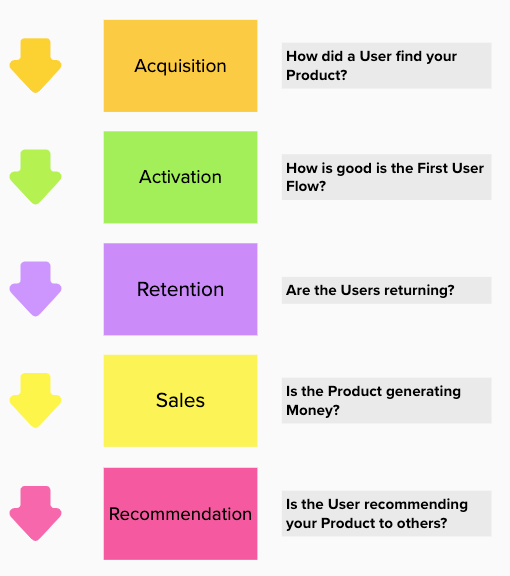 Made with https://mural.com
Made with https://mural.com
Acquisition and Activation
Priority: Make sure there is enough traffic so you can continue making experiments and learning.
Retention
*Priority: *Make sure your users comes back to your product, to continue using it during trial period.
Sales
*Priority: *Get paid. Keep in touch with your paid customers, ask them about their experience. Also try to get in touch with those users that left using your product (what made them leave?)
Recommendation
Priority: Get testimonials from happy customers, so you can share these Social Proofs on the Landing Page.
About the Risks
Product Risks
-
Is there a problem worth solving?
-
Are you offering the right product?
-
Can you validate your MVP?
Customer Risks
-
Can you identify who has the need?
-
Can you identify Early Adopters?
-
Can you find or build a channel to reach your customers?
Market Risks
-
Can you identify the competition?
-
Can you find the right price for your product?
-
Can you optimise your cost model?
